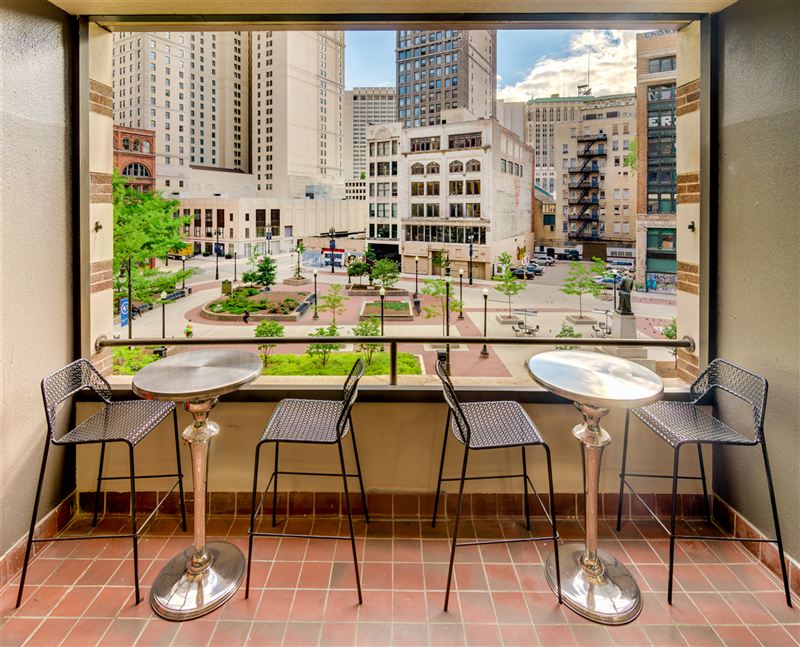Garden-Style Apartment Projects Allow Developers to Expand in the Suburbs

Developers in the U.S. continue to build more low-rise apartment buildings than any other type of construction. That includes a high volume of new garden-style apartment buildings—often three-story “breezeway” apartments.
“The ‘same old breezeway’ apartments are still getting built in the same old way,” says Walter Hughes, chief innovation officer with Humphreys & Partners Architects, based in Dallas, Texas.
In recent years, multifamily developers have come to vastly prefer mid-rise and high-rise buildings that squeeze more apartment units onto an average acre. But in many parts of the country, and especially in suburban submarkets, local officials refuse to allow developers to build mid-rise or high-rise structures.
“We’re accustomed to talking about development in terms of the urban core, but there is still a lot of building going on in the suburbs,” says Caitlin Sugrue Walter, vice president of research for the National Multifamily Housing Council (NMHC).
Low-rise buildings accounted for more than half of new units in 2018
Of the new apartments that opened in 2018, more than half (56 percent) were in newly-built low-rise buildings, according to data from Yardi Matrix.
By comparison, between 1990 and 1999, more than 90 percent of all new apartments coming on-line were located in low-rise buildings. “Following this trend, garden apartments are poised to lose their dominance in the apartment construction sector in the next few years,” says Adrian Rosenberg, communications specialist with Yardi’s RENTCafé.
For now, however, garden-style apartments still dominate the development pipelines of many multifamily developers. That might come as a surprise, since these low-rise projects aren’t the deals developers tend to highlight in press releases and their annual reports. But garden-style apartment projects still make sense, especially in exclusive suburban markets where local officials restrict new construction and land is still relatively affordable.
For example, the news if full of towering rental buildings rising in top urban markets like Downtown Brooklyn and Long Island City in Queens. But in terms of sheer numbers, Brooklyn and Queens have been the most active markets in the U.S. for the number of low-rise apartment projects completed since 2010, according to Yardi. That includes a lot of development in neighborhoods far from the city’s bustling downtown areas and waterfront hubs.
“Land has to be cheap in order for [garden-style apartments] to pencil out,” says Andrew Rybczynski, senior consultant with research firm CoStar Portfolio Strategy. “About half of what’s been built in suburban areas this cycle has been garden.”
For example, developers have been busy buildinglow-rise apartment properties in markets including Las Vegas, California’s Inland Empire and Memphis, Tenn., according to CoStar. Texas as been especially promising for garden-style apartment development—a third of the garden-style apartments built in the top 54 markets in the country since the recovery began have been in Texas, CoStar data shows. That includes almost 125,000 new garden-style apartments in Austin, San Antonio, Dallas, and Houston. Particularly active submarkets include Pflugerville in Austin, Allen/McKinney in Dallas, Northwest Houston and Far West San Antonio.
In Fresno, Calif., Las Vegas, El Paso, Texas, Albuquerque, N.M., Mesa, Ariz., Jacksonville, Fla. and San Antonio, garden-style apartments make up 90 percent or more of overall development, according to Yardi.
Typically, garden-style apartment buildings are about three stories high, fitting about 26 apartments on an average acre. Some designers are trying to fit more units per acre into their low-rise projects, up to 40 units, according to Hughes.
That’s a lot of density for a low-rise apartment community, though it’s still just a fraction of the density that developers can fit into a typical mid-rise building.
“An average garden apartment community is ludicrously unproductive on a per acre basis, so garden also only makes sense in areas that will not allow hi-rise, or even mid-rise. These tend to be restrictive suburbs,” says Rybczynski. “The restrictions on more productive use of land help drive down the price and allow garden to make economic sense.”
Wait! Don’t miss out on the latest insights
Sign up for Saschse Construction’s
e-newsletter below!
Featured Topics
Multifamily + Hospitality

